Zero Party Data. You've heard about it. You love it. You're trying to figure out what it is. You're having trouble figuring out what it is.
Don't worry. We're all in the same boat.
Zero party data is a window into how privacy and customer experience will work in the future. Gone are the days where you could gather as much iffy info on your customers as your heart desired.
They hovered over that brand of medical-grade industrial-strength deodorant for more than a quarter of a second? Now you can send them a pop up advert every day for the rest of their lives.
But before we figure out why it's and essential move to future-proof your marketing, we have to define what it is. So:
What is Zero Party Data?
Zero party data is when a customer willingly and proactively shares information with a company. This might include product preferences, personal details and context, or how they want to be identified by the brand. It's all about asking, over inferring.
Forrester Research, who coined the term, describes it as:
"Zero-party data is that which a customer intentionally and proactively shares with a brand. It can include preference centre data, purchase intentions, personal context, and how the individual wants the brand to recognize [them]."
This data differs from the other three data types, as it is provided by the customer, and not theorised by their behaviour. It tends to be absent of the creepy, invasive nature that other forms of data collection can have. Basically, it's all about consent.
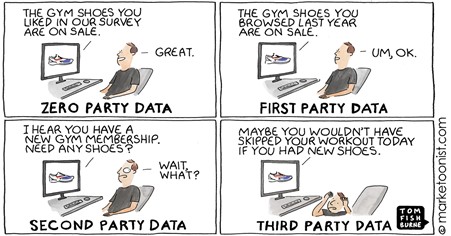
It's an equal exchange - zero party data is given freely, and in return the client gets their coveted personalised experience. In this way, it doesn't make sense to collect it for anonymous customers. Zero party data only makes sense for identified customers.
Zero party data can be used in a couple different ways, including:
- Enhancing Ad campaigns
- Improving personalisation opportunities
- Building long-term relationships
So, what's the difference between first party data, and zero party data? Both are current marketing darlings. But which one's better?
First-party data vs. zero-party data
Okay, so the concept behind why marketers use these types of data is similar. Built on the idea of consent, the customer knows their data is being collected, and for what reason.
First-party data reports on a person's online behaviour; what they click on, what they respond to, how long they've spent somewhere. This was great in the past; it allowed companies to see how people interacted with their ads and products.
With zero party data your customer is volunteering their personal information, rather than just allowing you to collect it. This is them, in their own words. For example, you might see that the customer is buying the medical-grade industrial strength deodorant with first party data.
Zero party data will let you find that out: "Fine, fine. It is for me. I just said it was my friend because I was embarrassed. My doctor said-". Okay, that's a little TMI.
Basically, Zero party data is all about creating a strong, trusting relationship between consumer and brand. Everything you're getting a direct conversation and insight from your customer, on why they're acting, not just that they are.
Many brands who successfully use zero party data offer their surveys and questionnaires into a value-exchange model, which offers consumers a reward in return for sharing data. This might be free Wi-Fi, 30 minutes without ads, a chance to win a voucher etc. etc.
So, that's one reason why zero party data is in high demand right now. Let's have a look into some others.
Why use zero party data?
A 2019 study by McKinsey found that consumers don't want to share data for transactions they don't see as important. But, they are willing to give up a bit of privacy, and the concerns around it, if there's a positive value exchange. So, what could you offer in exchange?
Well, a 2020 survey by Epsilon and GBH Insights found that 80% of people want personalisation. Plus, Yotpo found that 87% of consumers are "open to brands monitoring details of their activity if it leads to more personalised rewards."
So, all of this means a better connection with your customers. A combination of trust and personalisation makes for higher customer retention and larger purchase orders.
Why is zero party data the future?
Well, we're facing a rapidly changing landscape. So, as marketers we need ingenious solutions. Zero party data being one of them.
Growing privacy concerns have been in the spotlight for a while now. And with big moves being made by big companies surrounding data, it's important that we keep up, and keep prepared.
As adtech privacy regulations like GDPR and CCPA continue to protect consumer rights and data, zero party data is on everyone's lips. So, what are these changes?
- Apple's privacy changes
Apple no longer allows data aggregators and big social media platforms to collect data from Apple devices, such as the iPhone. This is significant, as these products make up around 60% of mobile devices used today.
Companies can only access Apple users' data of customers consent to the data collection, with only 21% of customers having consented by September 2021. So, businesses face losing over half of the third-party data they currently have access to. - Google's Third-Party Cookies
Google has announced that Chrome browsers will no longer allow third-party cookies in 2022. Though the date keeps getting pushed back, it is inevitable.
Because Google's use of customer data has gotten them into trouble in the past, they are making a conscious effort to move towards a more privacy-focused approach to collecting data. - Customer Awareness of Privacy
Data privacy has become a hot issue with consumers, as we've mentioned above.
Recent legislation has meant people are both more aware of their data, and are more in-control of it. So, when given the option, people aren't so interested in selling their data to a third part.
So, what are some use cases for collecting zero party data?
Quizzes for personalised products
Studies have found that people love answering questions about themselves and, as a result, build a stronger relationship with the businesses they are engaging with. By asking the right questions, brands can create personalised, customised experiences with customers.
By using this data, brands can personalise a wealth of things, from the home page, to other browsing pages, to offering a shorter list of items that fit your customers' specific needs.
Interactive surveys are also a good way of providing a personalised experience, in exchange for data.
Think of these as a digital version of conducting in person surveys, without the effort or struggle to get people to participate.
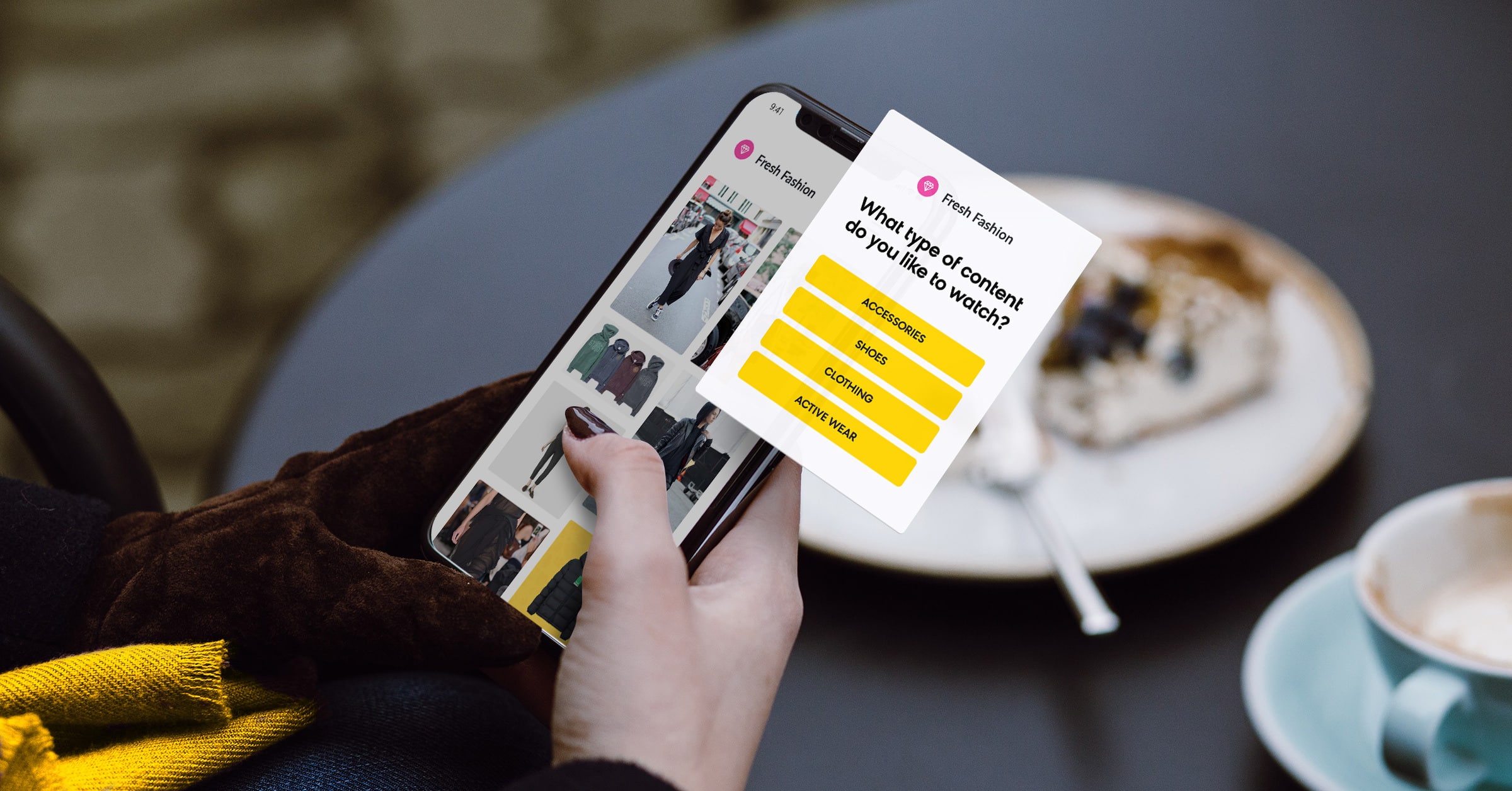
By providing an engaging quiz-style format, or an incentive, brands can encourage customers to give an insight into their wants and needs.
The thing is: the information gathered can become quickly outdated as behavioural data. So, either brands must be aware of this, or regularly poll their customers in order to keep everything up to date.
So, on top of the survey, brands might also provide a self-updating preference centre, where customers can keep their profiles up-to-date and relevant.
This might look like The New York Times' offering. The NYT has dozens of different daily newsletters that its readers can subscribe to. This way, the customer can opt-in to their preferences.
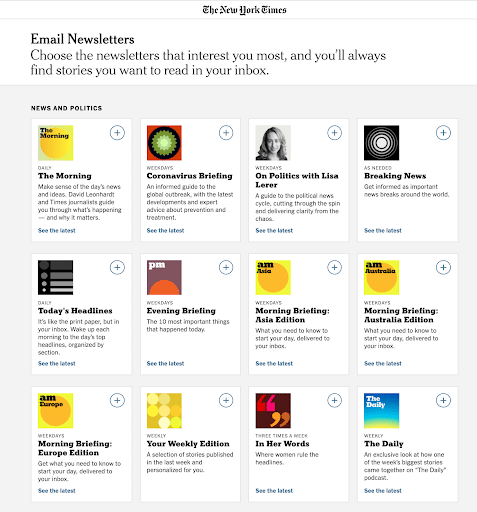
Personalised emails and SMS
If people see the result of their zero party data-exchange, then brands will be able to provide an engaging experience on top of building trust that their information is being used for good. Basically, people like to feel like they're being catered to.
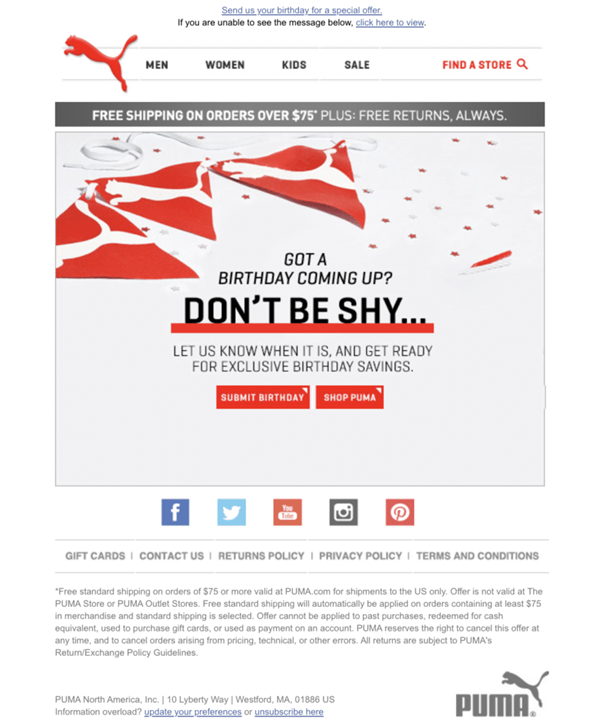
So, use the data gained from introductory quizzes and supplementary surveys in order to create personalised email flows specific to different customer groups. This can also work with the deals you send to specific customer types.
Personalised content
Personalised content can include; blogs, ebooks, and other types of content. Brands can use zero party data to personalise the customer's experience of the website.
Plus, this content can be used in exchange for other pieces of zero party data, such as email and age.
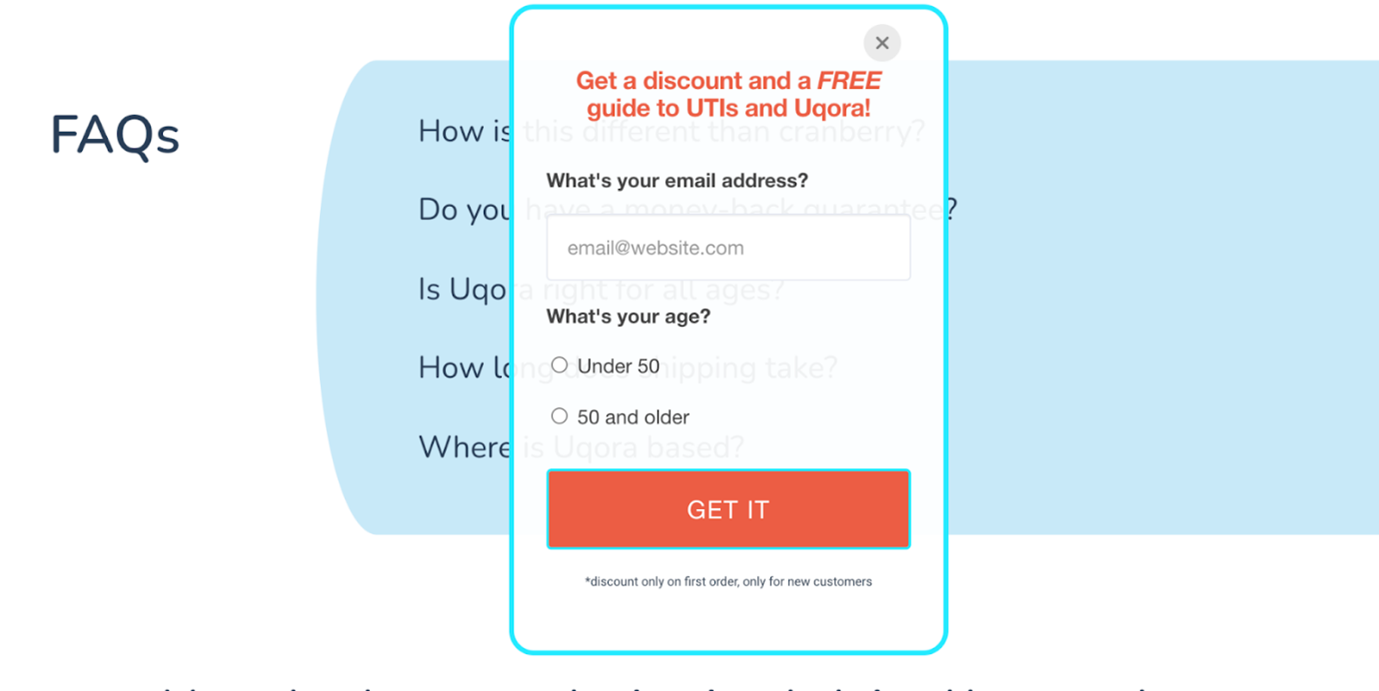
Deliver a custom product
In addition to asking questions to improve the discovery process, the insights gathered from zero-party data techniques can be used to shape a custom product for a customer.
The customer will willingly provide personal data in exchange for a highly personalised, highly relevant product that can meet their needs and pain points.
For example, Proven Skincare invites their customers to take a 'skin quiz', so they can have a personalised skincare routine crafted. The user will first answer a series of questions about their concerns, lifestyles, and locations, and in return they will provide their email.
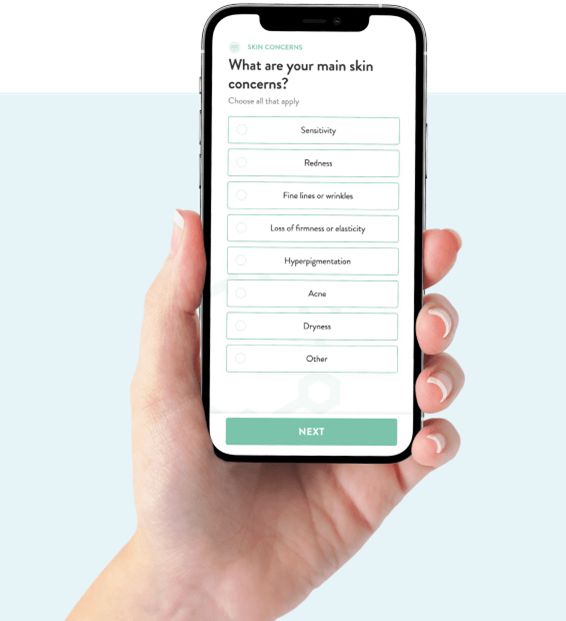
What are the benefits of using zero party data?
Many brands, thanks to a shifting climate and (warning, I'm going to say unprecedented times) unprecedented times, brands have moved their focus towards customer retention.
This must be balanced with the changing privacy laws and expectations. So, the new approach to customers must be active and considered. As a result, you'll have access to a bunch of benefits. Let's jump in.
- Better quality data
Using data that comes directly from a customer can be highly useful. This way, brands can source the data they want, rather than have to deal with what they're dealt.
So, the information provided will be exactly the type the brand needs to perfect their personalisation strategy, plan future moves specifically for their customer base, and create relevant promotional campaigns. - Accurate inventory management
Preference datasets can create more detailed and useful customer profiles that provide an insight into what people are looking for. Understanding this customer data can help brands keep an eye on popular items, and forward plan for future products.
So, brands could ask the customers familiarity with the product, or experience level with the industry. Then, they'll be able to figure out if they've got a huge wave of beginners entering the space, and can then plan products around this, or even provide content that is more beginner friendly.
This way, brands can cement these early relationships, keeping that retention high. The trust will grow as brands help their beginner customers grow and learn with their products, creating an experience which is interactive and engaging. - Lower cost per acquisition
Whilst it also keeps acquisition costs down, zero party data also reduces the amount of money a brand has to spend on second and third party sellers.
Remember, you'll be getting a small amount of high quality data from zero party data, versus a huge amount of wasted data from sellers. This means more bang for your effort-based buck. - Higher subscriber rates
Through creating a custom experience from day dot, customers are more likely to allow for a relationship to be maintained. For example, if a brand helps them find a highly relevant product through an interactive pop-up or quiz, they're more likely to subscribe to the business when their results are offered via email. - Fewer promotional discounts needed.
By providing a value exchange, brands can offer extra benefits that aren't promotional. By having email campaigns that offer personal recommendations, tips, and tricks based on preference, emails can provide added value and relevance.
So, as a result, brands will need to offer fewer promotional discounts to have customers interested in their campaigns. This lowers the costs required for customers to become interested in a brands' emails.
